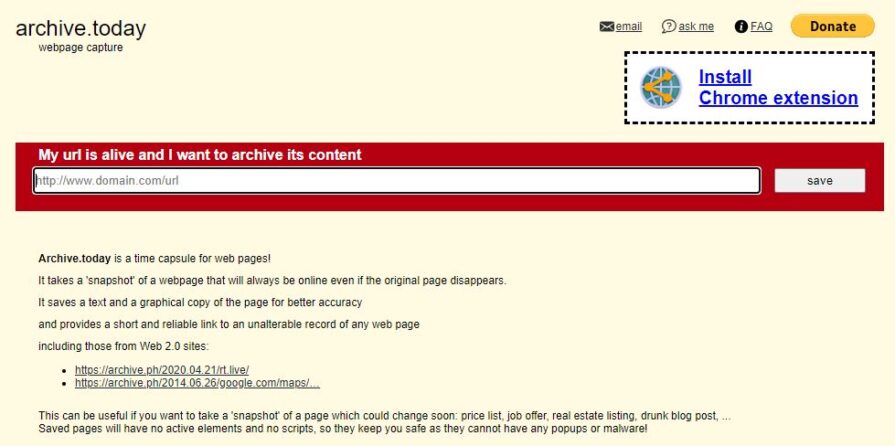On Thursday, October 10th we experimented with getting around online newspaper paywalls as described in this article : 18 Free Ways to Get Around a Paywall to Read an Article https://lifehacker.com/how-to-bypass-a-paywall-to-read-an-article-for-free
Some of the methods described are a bit techie, but this tip worked for “metered” websites. i.e. those which let you read a certain number of articles for free, then ask you to pay if you want to read any more. If you’ve used up your free article quota for the month on any website, opening its articles in an incognito window could let you keep reading without having to pay.
(Note: “Incognito window” is the same as “Private browsing”)
Being reluctant to add dubious browser extensions, we had the most success by visiting websites that offer to take a “snapshot” of a web page and strip it of the paywall. e.g. 12ft.io , Archive.today, Spaywall . The results seem to be very hit-and-miss. We looked at pages from The Daily Telegraph and the Times (UK); New York Times and Wall Street Journal (US); Las Provincias and Olive Press (Spain). Chris seemed to have the least luck just looking at the WSJ home page and saw: “Please enable JS and disable any ad blocker” but it could have been a Thursday glitch or browser settings – she had better luck in a different browser, and later at home!)
The easiest way to manage these various sites is to highlight and copy the URL (the link to the article you want to read), then visit Paywall Reader https://paywallreader.com (thanks for the tip, Richard)

This provides links to several of the sites mentioned above (which are also mentioned in the “18 free ways…” article). Just paste URL of the article in the box and click on the button of the utility you want to use. Which may or may not work! We had quite a bit of success with Archive.Today.

If the page has already been archived by someone else, then you will be shown the archived page (stripped of the paywall). If the article has not yet been archived, then the snapshot process kicks in and you can watch it in action. The HTML code of the page seems to be edited line by line, stripping out stuff like javascript. Then the cleaned-up article is shown on-screen for you (and subsequently, anyone else) to see. Here’s a screenshot of the cleaning process. It is astonishing how much code goes into an apparently simple web page these days!

By the way – Chris pays a hefty subscription for the print and digital versions of “The Economist“. It’s worth paying for good journalism!
Chris Betterton-Jones – Knowledge Junkie
